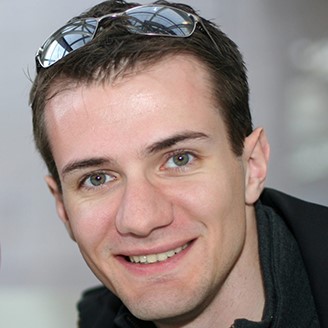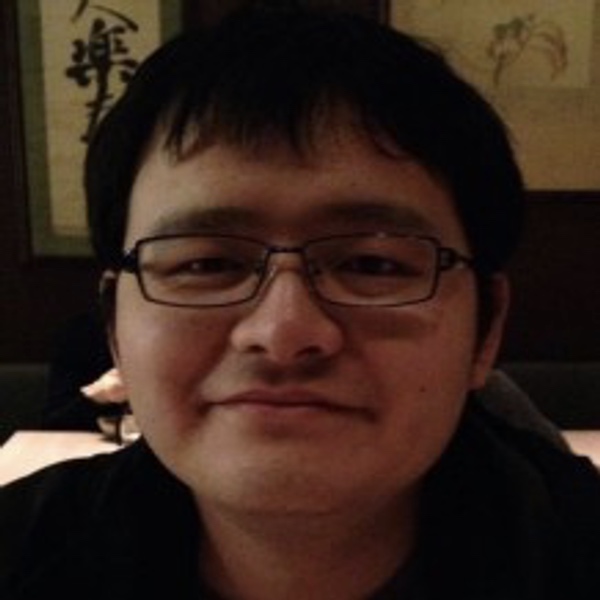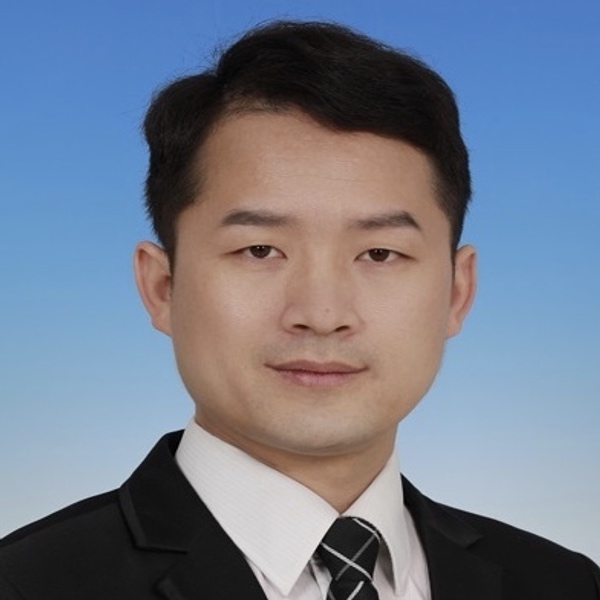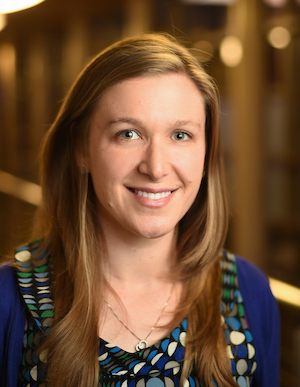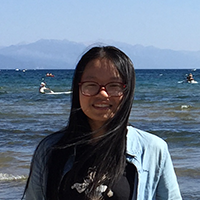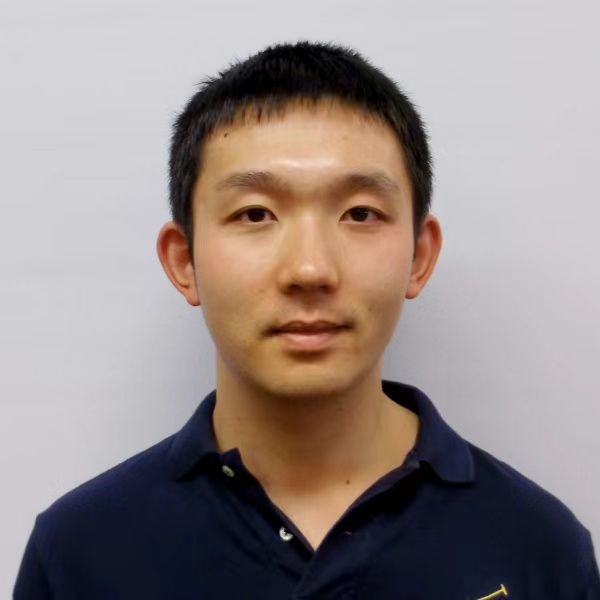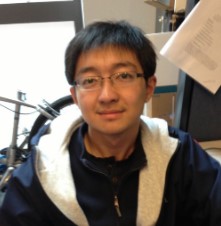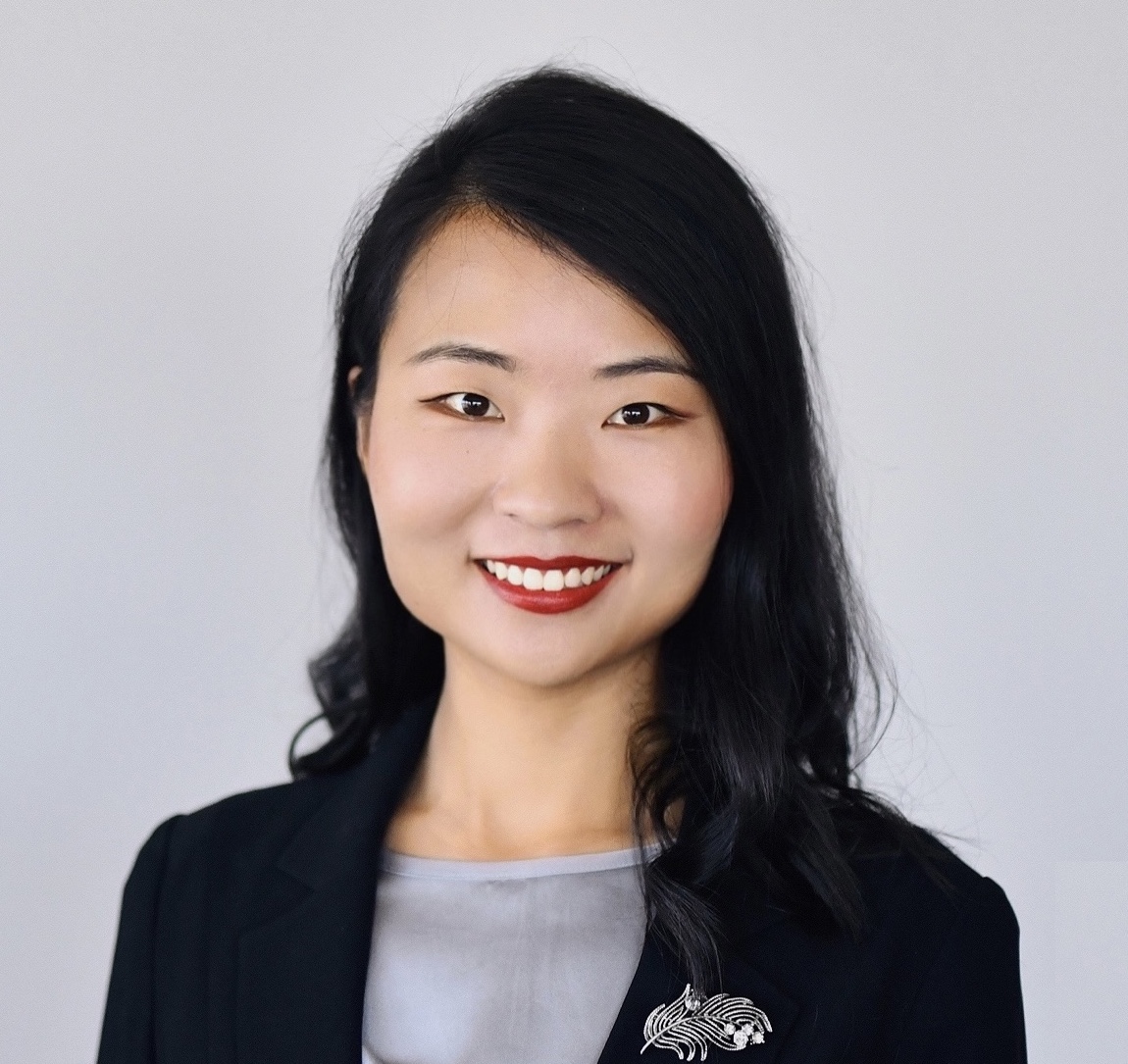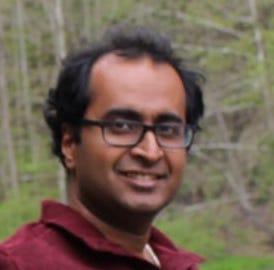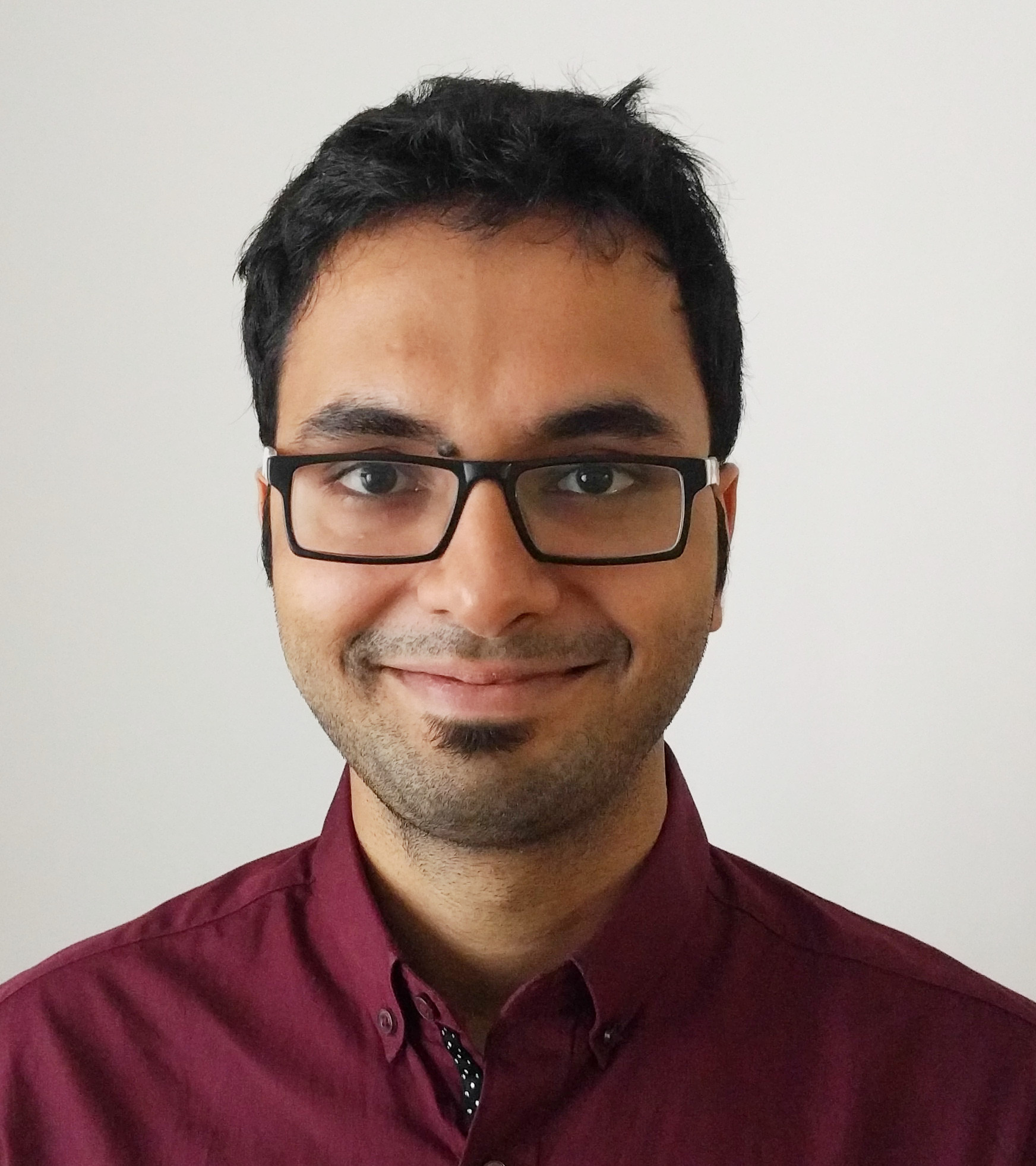Introduction
Learning from limited or imperfect data (L^2ID) refers to a variety of studies that attempt to address challenging pattern recognition tasks by learning from limited, weak, or noisy supervision. Supervised learning methods including Deep Convolutional Neural Networks have significantly improved the performance in many problems in the field of computer vision, thanks to the rise of large-scale annotated data sets and the advance in computing hardware. However, these supervised learning approaches are notoriously "data hungry", which makes them sometimes not practical in many real-world industrial applications. This issue of availability of large quantities of labeled data becomes even more severe when considering visual classes that require annotation based on expert knowledge (e.g., medical imaging), classes that rarely occur, or object detection and instance segmentation tasks where the labeling requires more effort. To address this problem, many efforts, e.g., weakly supervised learning, few-shot learning, self/semi-supervised, cross-domain few-shot learning, domain adaptation, etc., have been made to improve robustness to this scenario. The goal of this workshop, which builds on the successful CVPR 2021 L2ID workshop, is to bring together researchers across several computer vision and machine learning communities to navigate the complex landscape of methods that enable moving beyond fully supervised learning towards limited and imperfect label settings. Topics that are of special interest (though submissions are not limited to these):
- Few-shot learning for image classification, object detection, etc.
- Cross-domain few-shot learning
- Weakly-/semi- supervised learning algorithms
- Zero-shot learning · Learning in the “long-tail” scenario
- Self-supervised learning and unsupervised representation learning
- Learning with noisy data
- Any-shot learning – transitioning between few-shot, mid-shot, and many-shot training
- Optimal data and source selection for effective meta-training with a known or unknown set of target categories
- Data augmentation
- New datasets and metrics to evaluate the benefit of such methods
- Real world applications such as object semantic segmentation/detection/localization, scene parsing, video processing (e.g. action recognition, event detection, and object tracking)
Workshop Paper Submission Information
The submissions should be formatted in the ECCV 2022 format and uploaded through the L2ID CMT Site
Submitted papers can have one of the following formats:
- Extended Abstracts of max 4 pages (not eligible for proceedings)
- Papers of the same length of ECCV submissions (eligible for proceedings)
Speakers
All talks and Q&A are now available at the YouTube Channel. Please feel free to contact us if you have any suggestions to improve our workshop! l2idcvpr@gmail.com
Schedule
(All times in IDT Time Zone)
| Date | Speaker | Topic |
|---|---|---|
| 9:00-9:10 | Organizers | Introduction and opening |
| 9:10-9:40 | Bharath Hariharan
|
When life gives you lemons: Making lemonade from limited labels |
| 9:40-10:10 | Ishan Misra | General purpose visual recognition across modalities with limited supervision |
| 10:10-10:40 | Leonid Karlinsky | Different facets of limited supervision – on coarse- / weakly- / cross-domain- / and self- supervised learning |
| 10:40-11:00 | Boyi Li | SITTA: Single Image Texture Translation for Data Augmentation |
| 11:00-11:20 | Yabiao Wang | Learning from Noisy Labels with Coarse-to-Fine Sample Credibility Modeling |
| 11:20-11:40 | Rabab Abdelfattah | PLMCL: Partial-Label Momentum Curriculum Learning for Multi-label Image Classification |
| Online Only | Jiageng Zhu | SW-VAE: Weakly Supervised Learn Disentangled Representation Via Latent Factor Swapping |
| Online Only | Vadim Sushko | One-Shot Synthesis of Images and Segmentation Masks |
| Online Only | Ruiwen Li | TransCAM: Transformer Attention-based CAM Refinement for Weakly Supervised Semantic Segmentation |
| 11:40-12:00 | Quoc-Huy Tran | Timestamp-Supervised Action Segmentation with Graph Convolutional Networks |
| 12:00-12:30 | Noel,Zsolt,Kyle | Live Q&A / Panel Discussion |
| 12:30-13:00 | Xiuye Gu | Open-Vocabulary Detection and Segmentation |
| 13:00-13:30 | Yinfei Yang | Learning Visual and Vision-Language Model With Noisy Image Text Pairs |
| 13:30-14:00 | Yu Cheng | Towards data efficient vision-language (VL) models |
| 14:00-14:20 | Nir Zabari | Open-Vocabulary Semantic Segmentation using Test-Time Distillation |
| 14:20-14:40 | Niv Cohen | "This is my unicorn, Fluffy": Personalizing frozen vision-language representations |
| 14:40-15:10 | Noel,Zsolt,Kyle | Live Q&A / Panel Discussion |
| 15:10-15:40 | Sharon Li | How to Handle Data Shifts? Challenges, Research Progress and Path Forward |
| 15:40-16:10 | Holger Caeser | Autonomous vehicles from imperfect and limited labels |
| 16:10-16:30 | Niv Cohen | Out-of-Distribution Detection Without Class Labels |
| Online Only | Jongjin Park | OpenCoS: Contrastive Semi-supervised Learning for Handling Open-set Unlabeled Data |
| Online Only | Andong Tan | Unsupervised Domain Adaptive Object Detection with Class Label Shift Weighted Local Features |
| Online Only | Abhay Rawat | Semi-Supervised Domain Adaptation by Similarity based Pseudo-label Injection |
| Online Only | SangYun Lee | Learning Multiple Probabilistic Degradation Generators for Unsupervised Real World Image Super Resolution |
| 16:30-17:00 | Noel,Zsolt,Kyle | Live Q&A / Panel Discussion |
Important Dates
| Description | Date |
|---|---|
| Paper submission deadline | July 15th, 2022 |
| Workshop Date | October 23, 2022 |
People
